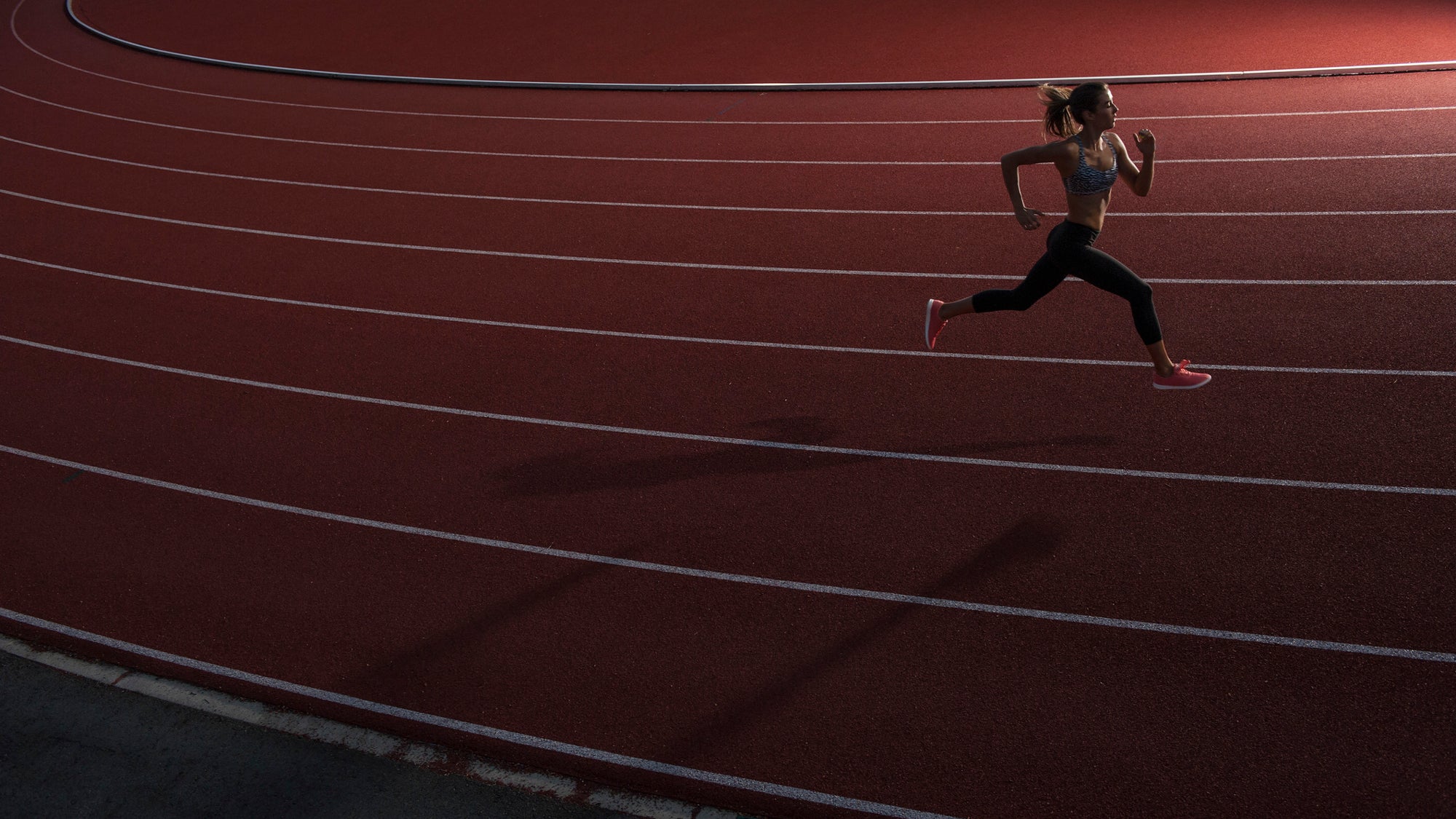HIIT vs. SIT: Will Either of Them Make You a Better Triathlete?

You know what they say—if it sounds too good to be true, it probably is. Since about 2006, the idea has been floating around that endurance athletes could get the same bang for their interval buck from eyes-out 30-second bursts as they could from 4- to 5-minute, slightly less intense intervals. Of course this is tempting—who wouldn’t want to suffer for a shorter amount of time for the same effect? Unfortunately, that theory hasn’t borne out in practice.
That’s what a new systematic review and analysis of six studies attempted to answer, by comparing the effect of sprint interval training (SIT) with short, medium, and long duration high-intensity interval training (HIIT). SIT was defined as 30 seconds of all-out exercise (above VO2 max—so, anaerobic); short HIIT was 1-minute bouts at just below VO2 max, medium HIIT was 2-3 minutes of exercise, and long HIIT 4-5 minute repeats. So essentially, the reviewers tried to determine which type of interval was most effective—short at maximal effort, or longer and still hard.
The reviewers found that long HIIT was most effective, producing a 2% greater improvement in time trial performance than SIT. Long HIIT also produced 4% greater increase in maximal aerobic power/velocity, usually a measure of economy, as compared to SIT. While both forms of interval training produced an increase in VO2 max, one was not significantly greater than another.
Any sort of interval training, when introduced to a program of only moderate continuous exercise, will improve performance. That’s not in question. SIT’s claim to fame seems to arise from its ability to improve VO2 max to about the same degree as longer bout HIIT. The problem is that higher VO2 max does not necessarily correlate with improved performance, which is the goal of most athletes. So reviewers focused on six studies that assessed results via time trial.
Given that the time trials in the six studies reviewed were endurance events—rowing 2K, cycling 20K or 40K, and running either a 3K or a 12-minute VO2 max test—it’s not terribly surprising that long HIIT most closely matched the demands of the test and produced the most advantageous adaptation. After all, even a sprint triathlon is an endurance event.
While it’s easy to define SIT and HIIT by duration, the other defining factor in these studies—intensity—is squishier. SIT is all-out, anaerobic, above VO2 max, unsustainable. HIIT was described as between the second ventilatory threshold (breathing hard such that only a few words at a time are possible) and VO2 max, where there’s no talking—a hard effort but a notch back from SIT. Here’s the thing researchers found with SIT—by the 7th, 8th, 10th repetition, the intensity and power output slides south into HIIT territory. A truly all-out effort is, by definition, difficult to repeat. In theory, high reps of SIT might produce equal or better results than long duration HIIT, but in practice, it’s not possible to maintain all-out intensity long enough.
It’s difficult to apply this information in the field because it’s an incomplete recipe. Reviewers only factored in duration and intensity, but of course, number of repetitions and amount of rest between work bouts are also essential interval ingredients.
All of these variables get mashed together to produce yet another factor—rate of perceived effort (RPE, because science loves acronyms)—which is operative in practical application. If you’re facing hard intervals of 10 x 4 minutes with one minute recovery, it’s safe to say, self preservation will prevail and an appropriate level of “hard” will be found to complete the session.
The real lesson here is there are no shortcuts. The key to endurance sports is to practice endurance across all training modes.